
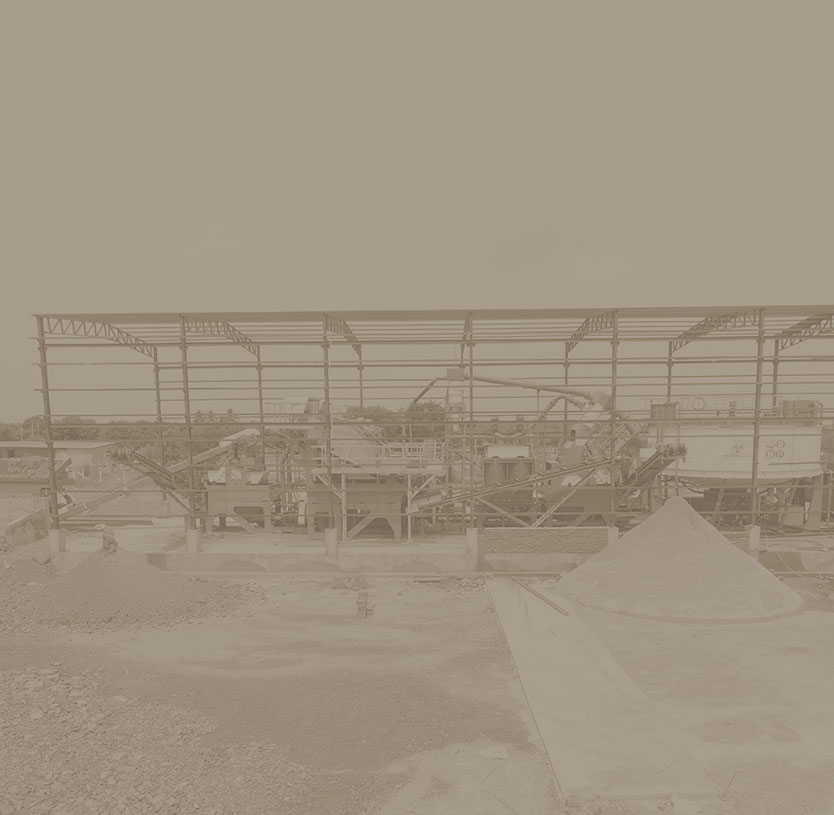
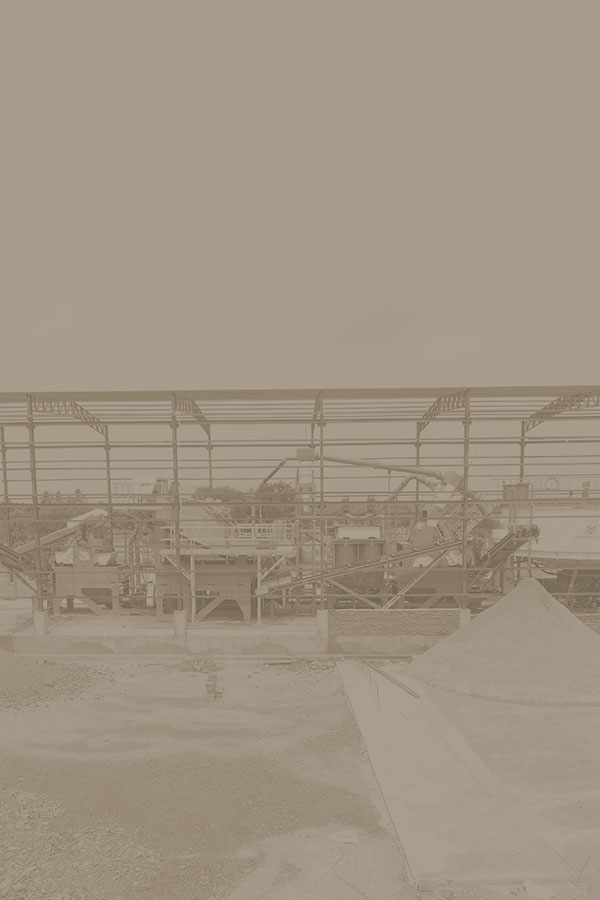
Silica sand, a cornerstone in the metal casting industry, plays a critical role in producing precision castings. CFlo's advanced foundry sand technology ensures superior performance, sustainability, and economic viability.
Overall, silica sand is a versatile and widely utilized resource with both economic benefits and environmental considerations. However we have to be aware of the environmental challenges on mining of Silica Sand and thus we need to be looking at sustainable methods of processing silica sand for various applications.
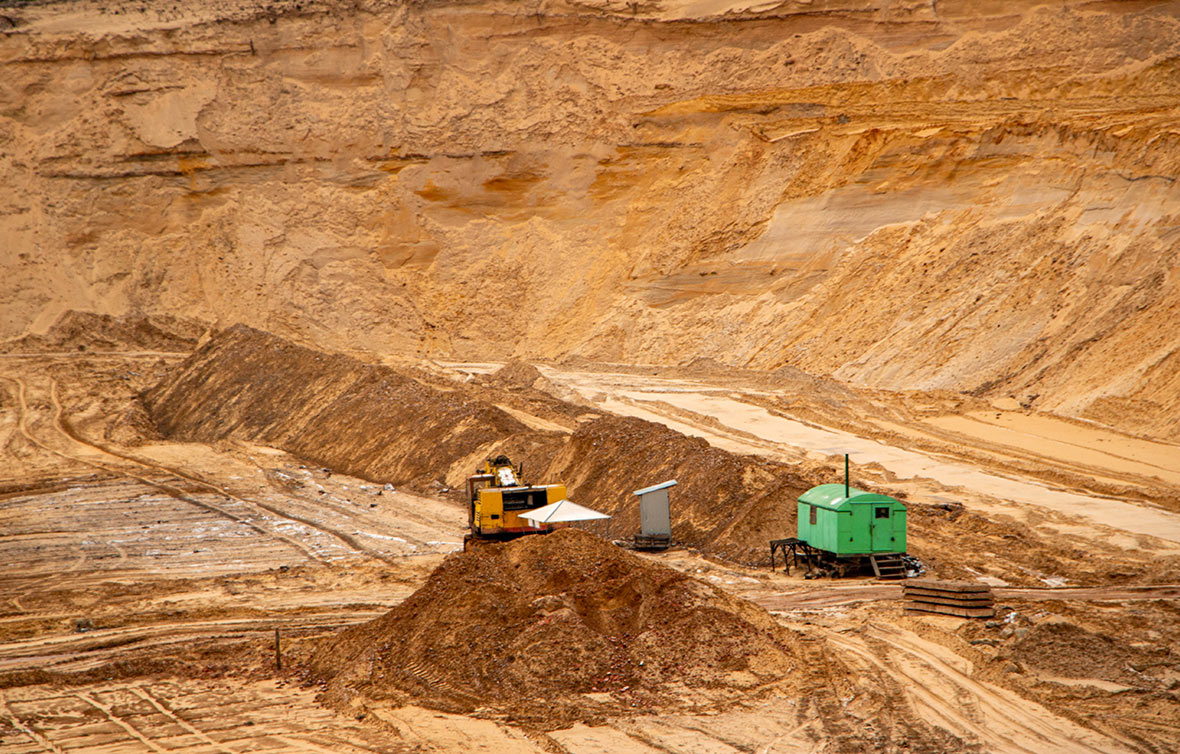
High-Purity Silica: Elevating Casting and Glass Production Silica Sand for Casting and Glass application is required in the same size fraction mostly just that some of the chemical properties of Glass manufacturing are more stringent in nature and thus requiring additional processes to be able to achieve the required grades. In this article, we explore the characteristics of producing foundry sand in greater detail.
Foundry Sand
Foundry sand is a type of industrial sand specifically used in metal casting processes. It is characterized by its high purity, uniform grain size, and consistent shape, which are essential for producing high-quality castings. It typically has a high silica content, well-rounded grains, and a uniform size distribution, which contribute to its effectiveness in mold and core making. Its refractory nature (ability to withstand high temperatures) helps it to hold its shape and withstand the molten metal's heat during the casting process. The quality of foundry sand is define by its AGS (Average Grain Size) and AFS (Average Fineness Number). A typical table representing this is shown in Table 1.
|
Sieve μm |
Mesh No. # |
Percent Retained |
AGS Factor |
Product |
AFS Factor |
Product |
|
1000 |
16 |
nil |
1180 |
0 |
10 |
0 |
|
710 |
22 |
trace |
850 |
0 |
16 |
0 |
|
500 |
30 |
2.0 |
600 |
1200 |
22 |
44 |
|
355 |
44 |
11.0 |
425 |
4675 |
30 |
330 |
|
250 |
60 |
28.3 |
300 |
8490 |
44 |
1245 |
|
180 |
85 |
36.8 |
212 |
7801 |
60 |
2208 |
|
125 |
120 |
19.7 |
150 |
2955 |
85 |
1674 |
|
90 |
170 |
1.1 |
106 |
116 |
120 |
132 |
|
63 |
240 |
0.7 |
75 |
52 |
170 |
119 |
|
-63 |
-240 |
0.4 |
38 |
1 |
300 |
120 |
|
SUM |
|
|
|
25304 |
|
5872 |
AFS numbers are frequently used to denote the relative grading or grade of sand supplied The AGS gives a more accurate indication of grain size, in micrometres, and will indicate slight differences in sands having the same AFS number
Redefining Automotive Casting with Advanced Sand Technologies Automotive casting is a manufacturing process used to create automotive components by pouring molten metal into a mould, where it solidifies into a specific shape. The sand must be clean, uniformly sized, and of high quality to ensure the integrity of the castings. In the foundry industry, green sand casting is the most common method.
Green sand comprises high-quality silica sand, bentonite clay, water, and coal, with each component playing a crucial role in the casting process. Another major challenge can be is shortage of water therefore an option with high percentages of water recycling possibilities in the system which our company has developed with our ZLD technology.
Design and Technology
Our state-of-the-art Micrograder BT100 delivers unmatched precision, recycling 95% of water, and offers a modular design for rapid deployment and operational flexibility—perfectly suited for automotive casting and more. The cutting-edge ZLD technology, ensuring no liquid waste is discharged from the plant. This is crucial for sustainable operations, particularly in water-scarce regions. The plant’s modular design allows for maximum process efficiency by providing two products, one being the Foundry Sand and the oversize as Construction Grade Sand, with careful attention to material transfer points to retain as much material and water within the circuit as possible, maximizing product yield and minimizing environmental impact.
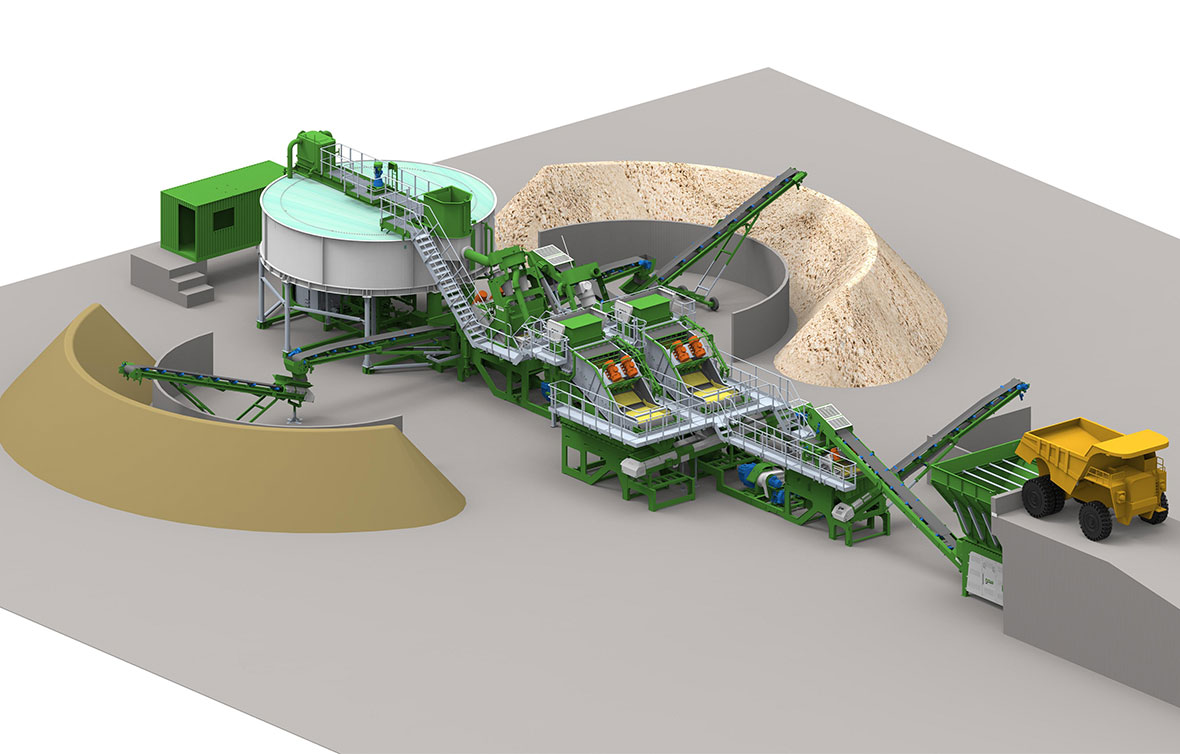
General Process Flow for Foundry Sand processing (BFD)
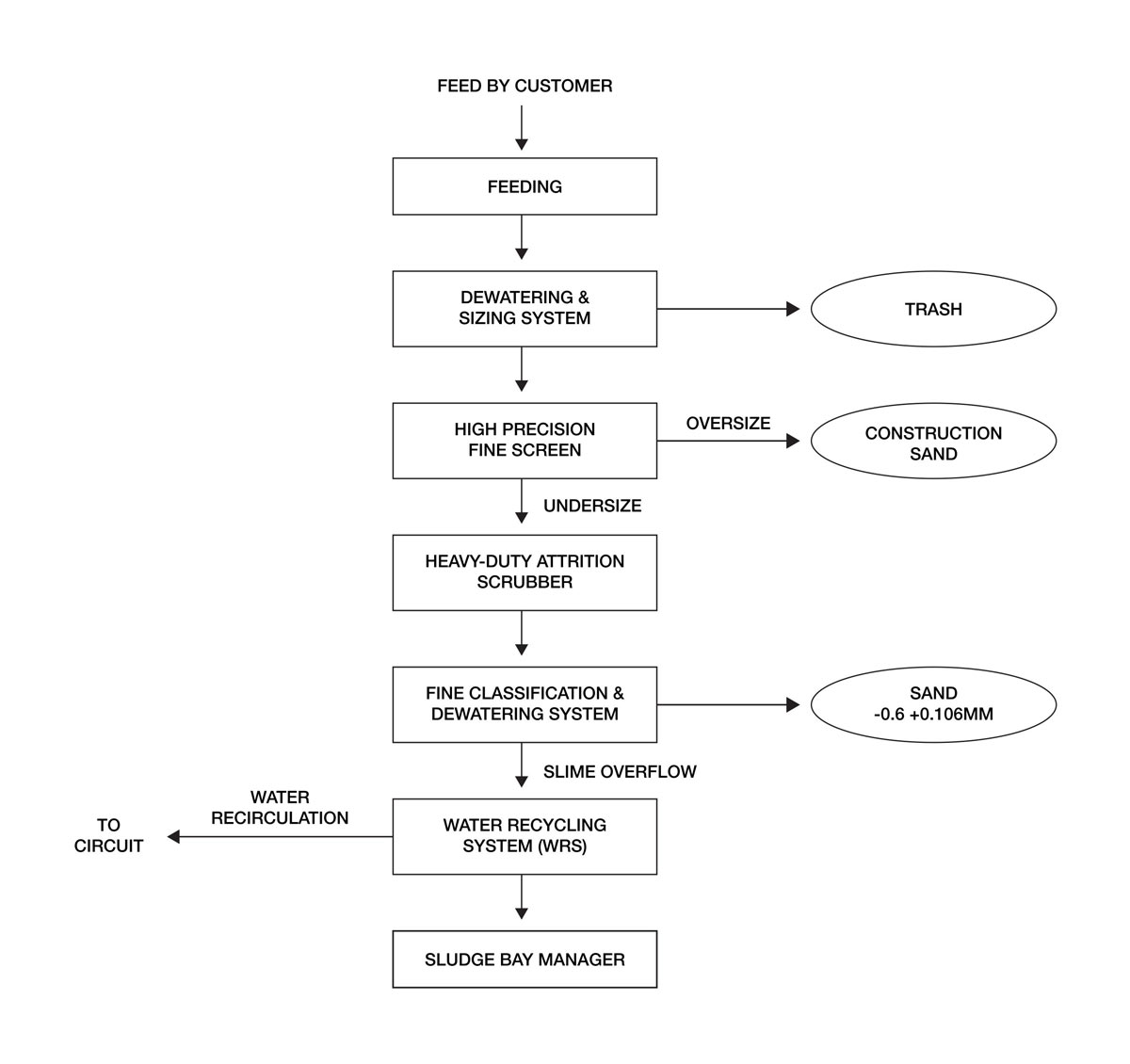
Key Features of Micrograder BT100
Process Description:
Keeping in line with a robust requirements of the customers, CFlo’s Micrograder BT100 model has been designed to give the best possible return on investment by converting the reject oversize into a valuable product for the customer in the form of Construction Sand. This however does not overlook the environmental impacts of high water requirements thus this plant recycles 95% of the water in the system making it a win-win situation for the buyer.